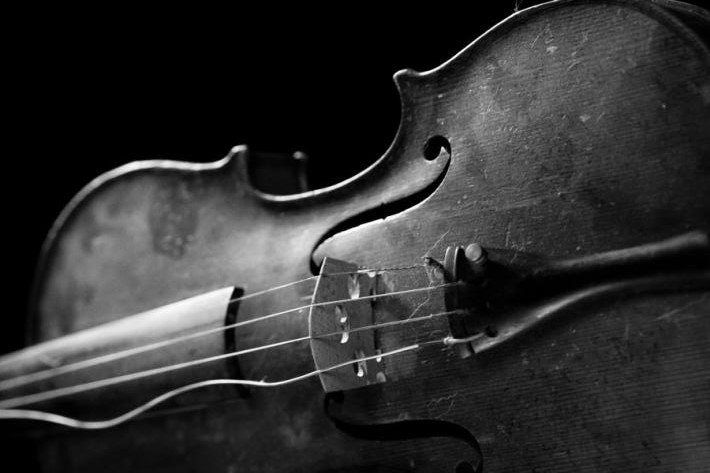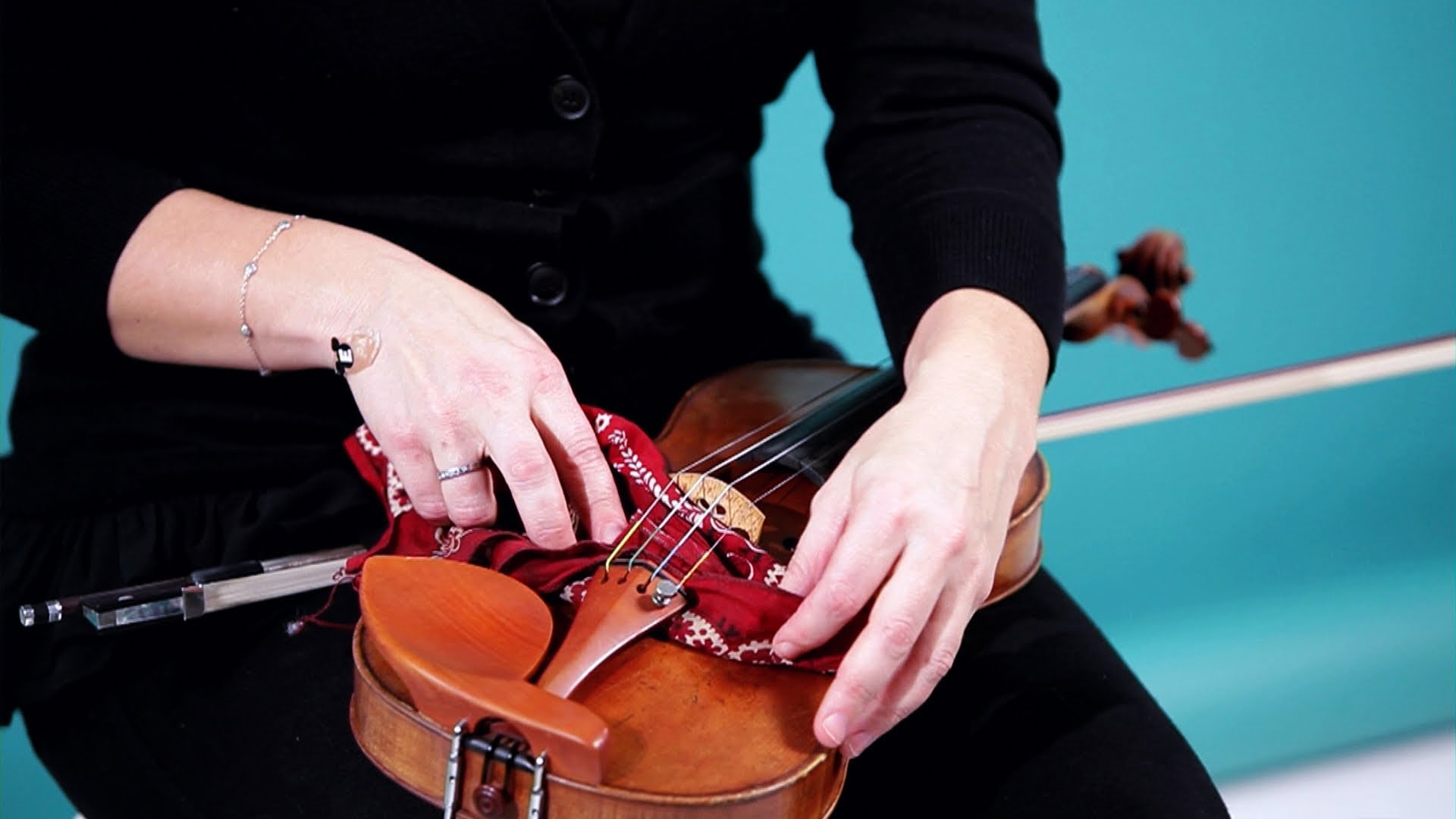Tune-up Time

How to Know When it is Necessary
- What is the health of your strings? Some strings go dead before going false, and you may have not noticed it over the course of weeks or months.
- Is your bridge properly placed and straight? Keeping your bridge straight is a skill all advanced players should know. The multiple pounds of downward pressure on a bridge will warp if it is not maintained.
- Does your instrument have any openings or cracks? Sometimes even a very small open seam that is hard to see can significantly affect your tone. The smaller the opening, the less cost of repair!
- Are the fittings in good shape? Fingerboards recurrently need re-shaping, tailpieces can be cracked and the improper length or weight, tail-guts can be in danger of breaking, and peg shafts can become warped or out of round. All of these things can severely impact your playing, and are often easy and inexpensive to fix.
- Must not use and/or stick any foreign substance and or materials on the body of the instrument. Never use Alcohol, acetone and or Chemicals on your instrument. Any and all of the above actions will destroy the varnish and adversely affect the instrument. (You are only allowed to mark or stick on the Fingerboard and Chinrest).
- Proper Bow maintenance requires loosening of the hair after each use. This will prevent warping of the bow and keep the hair flexible.
- Broken Rosin must be thrown out. Usage of broken Rosin may damage the bow hair and definitely mess up your case. It will be nearly impossible to clean off sticky rosin inside the case.
- Please do not use Duct tape on the case. We always provide FREE name tag. This is the best way to properly label you case.
We must see each instrument before estimating cost and time necessary to complete each repair. Unfortunately it is impossible to estimate from a telephone call or pictures.

